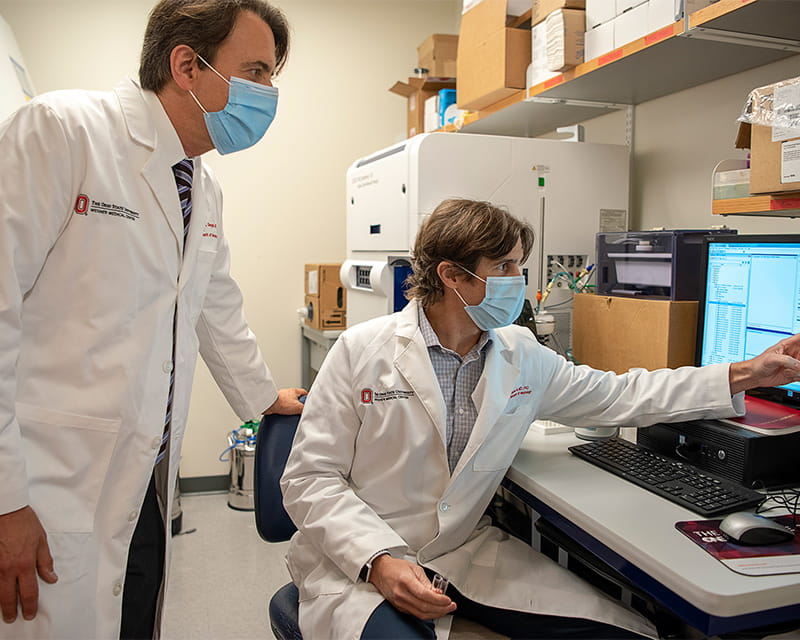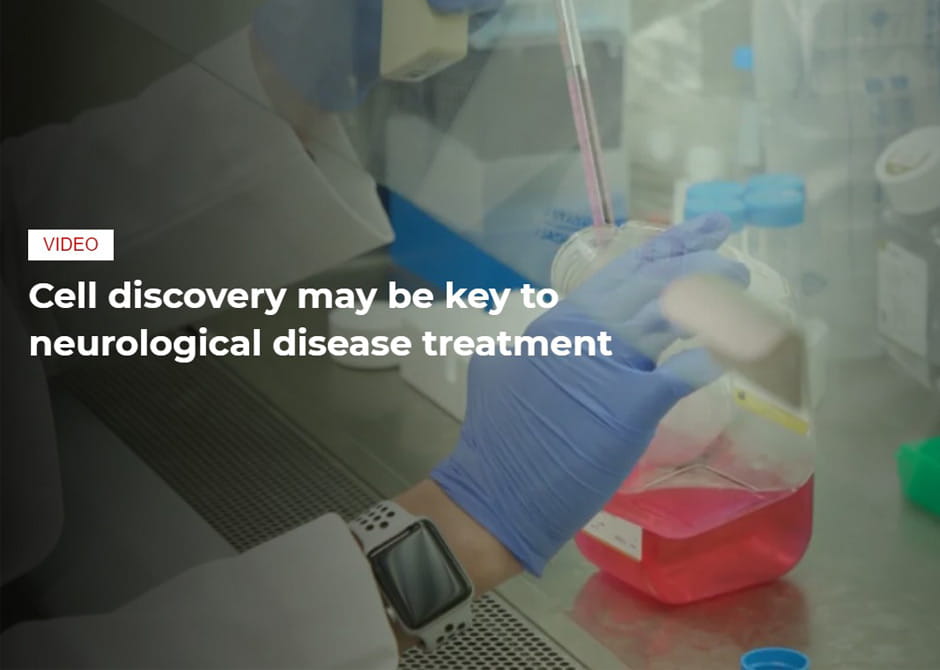
Novel research explores neurobiological mechanisms driving sarcopenia in aging
 Research led by investigators at The Ohio State University Wexner Medical Center is providing new hope for recovery from degenerative neurological diseases and damage caused by traumatic brain and spine injuries and stroke.
Research led by investigators at The Ohio State University Wexner Medical Center is providing new hope for recovery from degenerative neurological diseases and damage caused by traumatic brain and spine injuries and stroke.
Using a mouse model, researchers at The Ohio State University and the University of Michigan discovered a new type of immune cell that not only rescues damaged nerve cells from death, but partially reverses nerve fiber damage. The research team also identified a human immune cell line, with similar characteristics, that promotes nervous system repair. Study findings were published in the journal Nature Immunology.
“As technology advances, and scientists can take a more detailed look at immune cells, they are realizing they are more diverse than previously appreciated,” says Dr. Benjamin Segal, professor and chair of the Department of Neurology at The Ohio State College of Medicine and co-director of The Ohio State University Wexner Medical Center’s Neurological Institute. “The cell described in our study is particularly unusual, in that it is a new granulocyte, and it is very rare to identify novel cells in that lineage. Most importantly, this is the first time a novel granulocyte has been identified that promotes nerve cell survival and drives the regeneration of damaged nerve fibers.”
The most common granulocytes - neutrophils - normally help the body fight off infection. The unique cell type resembles an immature neutrophil but is distinctive in possessing neuroprotective and neuroregenerative properties. It drives central nervous system axon regrowth in vivo, in part through the secretion of growth factors.
“This immune cell subset secretes growth factors that enhance the survival of nerve cells following traumatic injury to the central nervous system,” says Dr. Segal, who is also director of Ohio State’s Neuroscience Research Institute. “It stimulates severed nerve fibers to regrow in the central nervous system, which is really unprecedented.”
At Ohio State, this line of research could ultimately lead to the development of novel cell based therapies that restore lost neurological functions across a range of conditions. Researchers demonstrated the therapeutic potency of the immature neutrophils subset by injecting them into mice with crush injury to the optic nerve or lacerated nerve fibers in the spinal cord. Mice injected with the new neutrophil subset, but not more typical mature neutrophils, grew new nerve fibers.
“We found that this pro-regenerative neutrophil promotes repair in the optic nerve and spinal cord, demonstrating its relevance across CNS compartments and neuronal populations,” says first author Dr. Andrew Sas, an assistant professor and physician scientist in Ohio State’s Department of Neurology. “A human cell line with characteristics of immature neutrophils also exhibited neuro-regenerative capacity, suggesting that our observations might be translatable to the clinic. Our findings could ultimately lead to the development of novel immunotherapies that reverse central nervous damage and restore lost neurological function across a spectrum of diseases.”
The next step is to harness this cell and expand it in a lab to enhance its healing effects. Researchers hope the neutrophils can then be injected into patients to improve function and mobility and slow or stop progressive neurological decline for diseases including ALS and multiple sclerosis.
“The possibility of reversing those deficits and improving the quality of life of individuals with neurological disorders is very exciting,” Dr. Segal says. “There’s so much that we’re learning at the bench that has yet to be translated to the clinic. I think there’s huge potential for future medical breakthroughs in our field.”

Ohio State scientists have identified a unique immune cell that promotes neuronal survival, says Benjamin Segal, MD, co-director of The Ohio State University Wexner Medical Center’s Neurological Institute.
“We are hopeful that as we understand more about these cells, it will lead to novel treatments to reverse neurological damage and injury across many types of neurological disease — traumatic brain injury, stroke, MS and more,” he says.
"For my patients, the idea of being able to restore neurological function is really amazing.”